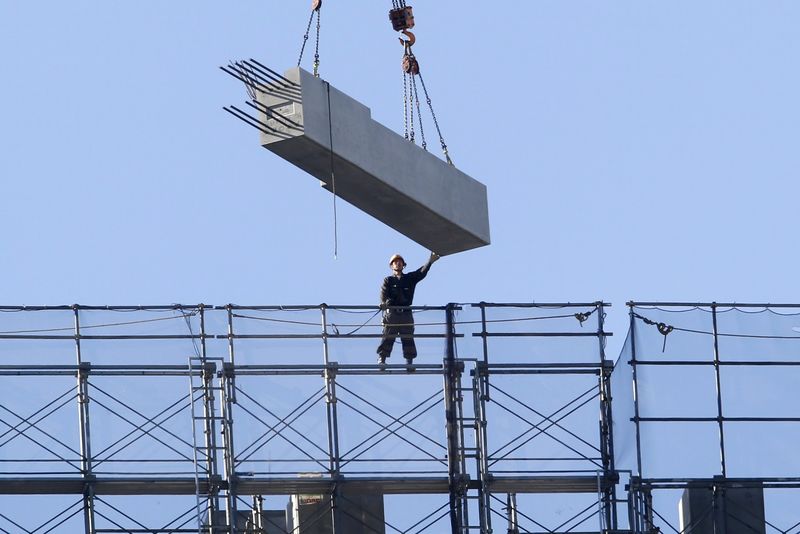* Q2 GDP rises 0.8 pct q/q, 1.8 pct y/y
* Public infrastructure, household spending drive growth
* Lack of inflation leaves RBA with luxury to wait on rates
By Wayne Cole
SYDNEY, Sept 6 (Reuters) - Australia's economy rebounded last quarter as consumers and government spent freely after a weather-beaten start to the year, while a long downturn in mining investment finally loosened its deadening grip on growth.
Wednesday's GDP report showed the economy expanded 0.8 percent in the second quarter, up from 0.3 percent in the first quarter and outpacing even the much-vaunted U.S. recovery.
Yet all this growth has shown no sign of rekindling inflation and, with plenty of spare capacity in the labour market, the Reserve Bank of Australia (RBA) seems content to leave interest rates at record lows for months to come.
"We have an economy that is enjoying its longest-ever expansion," said Craig James, chief economist at stockbroker CommSec. "Inflation is below 2 percent; unemployment is below longer-term averages; consumers and businesses are spending."
"It's an economy that doesn't need to be slowed down or sped up by policy changes like movements in interest rates."
That was very much the view laid out by RBA Governor Philip Lowe in a speech late Tuesday.
"It will be some time before we are at what could be considered full employment and before underlying inflation is at the mid-point of the medium-term target range," he declared.
"This means that stimulatory monetary policy continues to be appropriate."
Interbank futures 0#YIB: imply virtually no prospect of a move in the 1.5 percent cash rate this year and around a 50-50 chance of a hike by June 2018.
The goldilocks data won a round of applause in the bond market where yields on government debt fell AU10YT=RR . The local dollar dipped to $0.7993 AUD=D4 as speculators had been wagering on an even stronger growth outcome.
INFRASTRUCTURE BOOM
Over the year to June, gross domestic product (GDP) amounted to A$1.75 trillion ($1.4 trillion) in current dollars, or about A$72,180 for each of Australia's 24.5 million citizens.
The economy expanded by 1.8 percent compared to a year ago, held back by a rare contraction in the third quarter of 2016. Australia has not suffered an outright recession - typically defined as two consecutive quarters of contraction - since 1991.
Once that negative GDP number drops out of the calculation this quarter, annual growth could well approach 3 percent.
Driving the latest pick up was a surge in public investment, including roads, rail and a major new hospital - the country's single most expensive building.
As a result, government spending alone added 0.8 percentage points to growth. Just behind was household consumption with a contribution of 0.4 percentage points.
Consumers splashed out on food, alcohol, clothes, household goods and communications while using less gas and electricity because of rising utility prices.
Rising export volumes, particularly for liquefied natural gas, also added to growth, helping offset a rundown in inventories which was the single biggest drag in the quarter.
There was scant sign of inflationary pressures in the report with the main price measure for households up just 1.3 percent in the year to June, while inflation across the entire domestic economy rose 1.5 percent.
($1 = 1.2508 Australian dollars)
